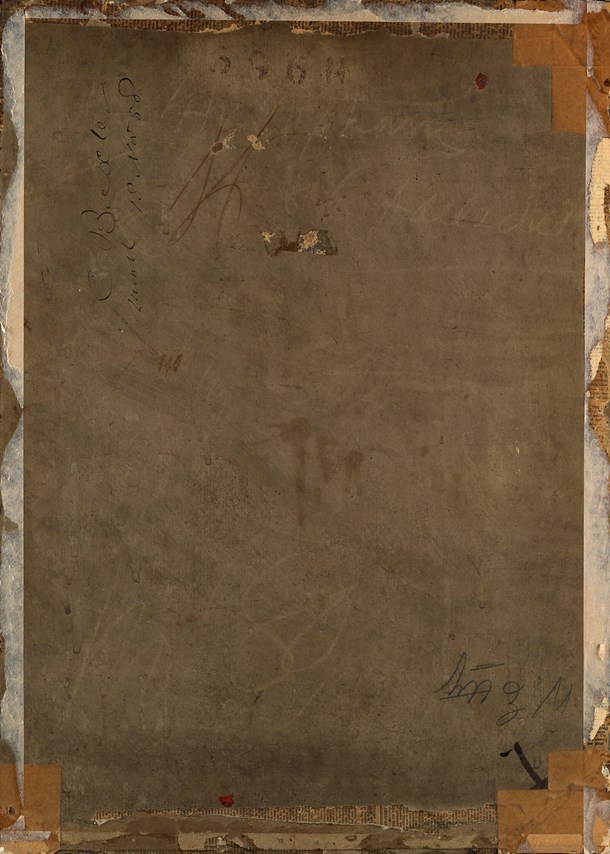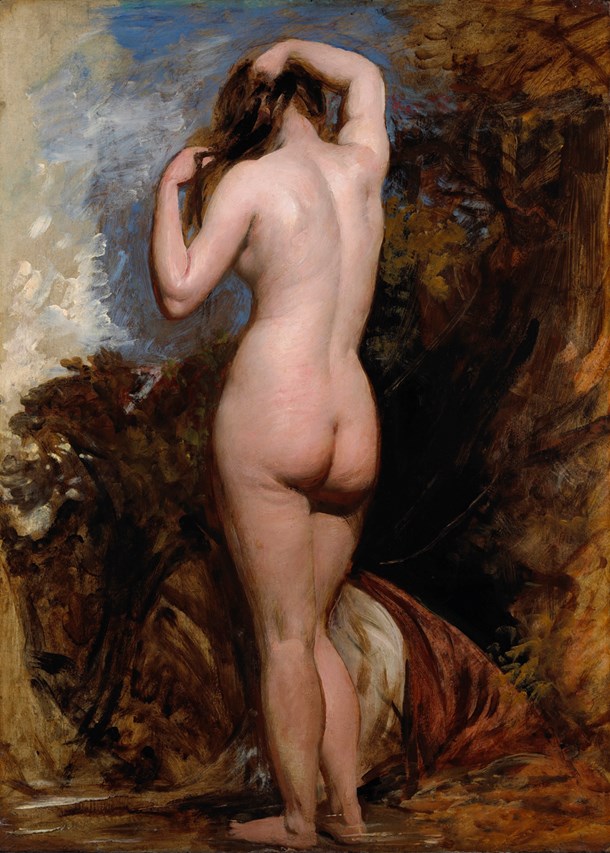William Etty R.A. (1787 – 1849) is considered to have been amongst the finest British artists working in the first half of the nineteenth century. Etty achieved international renown, but had strong links to the English county of Yorkshire. Etty is perhaps York’s greatest artist-son, who did much to save its much-loved ancient city walls from destruction and retired there in 1848. After a brief spell apprenticed to a letter-press printer in Hull, William Etty moved down to London in 1805. He entered the Royal Academy schools in 1808, after forging links with its enigmatic President, Sir Thomas Lawrence, whom he had been apprenticed to throughout the previous year. The artistic practices that Etty developed at the Royal Academy had significant classical foundations. This took the form of a deep-reverence for the finest examples of sculpture surviving from antiquity and the dedicated academic study of the male and female nude. His fervent devotion to the life-class at the Royal Academy and later in his own studio is well-known and his restlessness to capture the vitality of the human form from the live study of it, never ceased. However, his desire to learn the lessons of antiquity is evident from the sketches he made in Rome circa 1822 and before, in 1806, at Giovanni Battista Gianelli’s plaster-cast shop on Cock’s Lane, London. These activities were in accordance with the pedagogical zeitgeist of the European Academies and is not, in itself, extraordinary. However, what set him apart from his peers at this time, was the particular strain of classicism which he developed, for it was infused with a sensitivity, sensuality and a romanticism. He painted with a more romantic abandon, inspired more by the bravura and virtuosity of Old Master works by Titian, Tintoretto, Veronese and Rubens, revelling in expressive brush strokes and bold use of colour. The modish, restrained creation of pure, divine forms was rejected in favour of passion and a profane explosion of flesh. It is largely for this reason that his paintings were highly controversial throughout his life-time. Like some of the greatest works of western art, they challenged contemporary tastes and social-mores, even the very definition of what art was, or could be. Many critics were appalled by his painting’s flagrant display of the female nude and lambasted the sensuality in which his renderings of real human flesh were splashed across the canvas. Yet within the artistic community of the period, his work was highly celebrated and he was elected a Royal Academician in 1828, ahead of the more polite and pastoral John Constable (1776 – 1837).













